Cost Effective Solutions to Create an Ideal Logo Design

A well-designed logo is crucial for establishing a memorable brand identity. However, many small businesses and startups are constrained by tight budgets, making the quest for a cost-effective, ideal logo design a top priority. An effective logo encapsulates the essence of your brand, fosters instant recognition, and builds trust with your audience—all without breaking the bank.
The challenge lies in balancing creativity with cost. Fortunately, there are numerous strategies to achieve a professional and impactful logo economically. From utilizing intuitive online design tools to harnessing the creativity of emerging freelance talent, cost-effective solutions abound. By focusing on simplicity, understanding your brand’s core values, and applying a strategic design approach, you can create a logo that not only stands out but also aligns perfectly with your business goals.
This article will guide you through practical steps to design an ideal logo that captures your brand's spirit while being economically feasible. Whether you are refining an existing logo or starting from scratch, these insights will help you navigate the path to creating a logo that resonates with your target audience and enhances your brand's visual appeal.
Set a Clear Budget
When embarking on the journey of creating an ideal logo design, establishing a clear budget is essential, particularly for businesses looking to optimize costs. A well-defined budget not only streamlines the design process but also ensures that you allocate resources efficiently without compromising the quality of your logo. Start by assessing your overall marketing budget and determine how much you can realistically invest in logo creation. This will help you explore cost-effective solutions and avoid overspending.
Consider the long-term impact of your logo as part of your brand identity. Investing appropriately in your logo can yield significant returns in terms of brand recognition and customer trust. To manage costs effectively, itemize potential expenses, including designer fees, revisions, and any software or subscriptions needed if you plan to take a DIY approach.
Additionally, be transparent with your designer about your budget constraints. This clarity allows designers to suggest solutions that align with your financial limits while still aiming to meet your expectations for a high-quality logo. Remember, a clear budget does not mean cutting corners—it means making informed decisions that balance cost with the potential for brand growth.
Explore Freelancer Platforms
Utilizing freelancer platforms is an effective strategy in the quest for cost-effective solutions to create an ideal logo design. Websites like Upwork, Freelancer, and Fiverr provide access to a global pool of talented designers who offer competitive rates that are often more affordable than those of established design firms. This cost advantage is particularly beneficial for startups and small businesses on a tight budget.
Freelancer platforms allow you to post your project and receive bids from designers around the world, giving you the flexibility to choose someone whose skills, style, and price align with your needs. Many of these platforms also feature reviews and portfolios, enabling you to assess each freelancer's past work and reliability before making a decision.
Moreover, the competitive nature of these platforms can drive down costs while still delivering high-quality designs. You can set a fixed budget for your project, which helps in managing costs upfront and avoids the risk of overspending. Additionally, engaging with freelancers on these platforms often provides the opportunity for direct communication, ensuring your vision is clearly understood and effectively executed.
Use Online Logo Design Tools
In the realm of cost-effective solutions to create an ideal logo design, online logo design tools stand out as a resourceful option for businesses operating on tight budgets. These tools, such as Canva, Adobe Spark, and LogoMakr, offer user-friendly interfaces and a wealth of customizable templates that can cater to various branding needs. This accessibility allows even those without extensive graphic design experience to craft a professional-looking logo.
Utilizing these platforms can significantly reduce costs associated with traditional logo design methods. They provide free versions or relatively inexpensive subscription models that include a range of design elements like icons, fonts, and color palettes. Moreover, these tools often feature drag-and-drop functionalities that simplify the design process, making it faster and less labor-intensive.
This DIY approach can be particularly valuable when you need to make quick adjustments or iterations without additional costs. Ultimately, online logo design tools empower you to maintain control over the creative process while aligning with your budgetary constraints, ensuring that your final logo encapsulates your brand’s essence without exceeding your financial limits.

Opt for Simple Designs
Embracing simplicity is a key strategy in the realm of cost-effective solutions to create an ideal logo design. Simple logos are not only timeless but also versatile and easy to recognize, making them more effective at establishing brand identity. By reducing complexity, you minimize design and production costs, particularly when it comes to reproducing the logo across various media.
A simple design avoids the use of excessive colors, intricate patterns, or multiple fonts, which can complicate the logo and increase printing costs. Instead, focusing on a single color scheme and a clear, bold design can make your logo more adaptable and easier to use, whether on business cards, websites, or large-scale banners. Moreover, simplicity speeds up the design process, reducing the time and resources spent on revisions and adjustments.
Creating a simple logo also ensures clarity in all sizes, a crucial factor for mobile compatibility and social media visibility. A straightforward design resonates more quickly with audiences, enhancing brand recognition and recall. Therefore, by prioritizing simplicity, you can achieve a professional and impactful logo that supports your branding efforts while maintaining cost-effectiveness.
Choose Standard Fonts
Selecting standard fonts is an essential aspect of cost-effective solutions to create an ideal logo design. Standard fonts, such as those pre-installed in design software or available for free through platforms like Google Fonts, can significantly reduce the costs associated with acquiring unique or custom typefaces. Using widely recognized fonts also ensures that your logo remains legible and functional across different contexts and technologies.
Standard fonts offer the dual benefits of accessibility and professional appearance. They have been tested across various media and devices, ensuring that they perform well in both digital and print formats. This universality is particularly important for maintaining the consistency of your brand’s visual identity in all marketing materials.
Moreover, choosing a standard font does not limit your creativity. Many classic fonts boast a range of weights and styles, allowing for flexibility in design while keeping costs low. By combining a strong font choice with other design elements like color and spacing, you can create a distinctive and memorable logo that effectively communicates your brand’s message.
Incorporate Only Essential Elements
When aiming to create an ideal logo design under budget constraints, incorporating only essential elements is a key strategy. This approach focuses on the minimal use of colors, shapes, and fonts to convey your brand's identity succinctly and effectively. By limiting your logo to fundamental components, you reduce visual clutter and production costs, making it easier and more affordable to reproduce the logo across various platforms.
A logo that uses fewer colors not only lowers printing costs but also increases its adaptability, ensuring it looks great both in full color and black and white. Similarly, a simple graphic or symbol can be more memorable than a complex one, often resonating more deeply with your target audience. This minimalism aids in brand recognition and aids in establishing a strong visual identity.
Furthermore, by distilling your logo to its most basic elements, you highlight what truly represents your company. This clarity of design promotes a strong, direct message to consumers, enhancing the logo's impact. This cost-effective approach not only meets budgetary requirements but also crafts a logo that is elegant, versatile, and powerful in its simplicity, embodying the essence of your brand in a clear and effective manner.
Research Competitors
Researching competitors is a crucial step in the process of creating a cost-effective, ideal logo design. This strategy involves analyzing logos from similar businesses within your industry to identify common design elements, color schemes, and typography. Understanding what works well in your market can provide a foundation upon which to build your unique logo, while also avoiding costly design missteps.
Competitor analysis helps in understanding the visual preferences of your target audience. By observing which logos resonate most with consumers, you can determine which features are likely to appeal to your own audience. This insight allows you to adopt successful elements while differentiating your logo to stand out in the marketplace.
Furthermore, studying competitors’ logos can prevent legal issues related to trademark infringement, which can be expensive and damaging to your brand. Ensuring that your design is not only effective but also original and legally sound is an essential component of the logo development process.

Opt For Vector-Based Design
Opting for a vector-based design is a crucial consideration in creating a cost-effective, ideal logo design. Vector graphics are made up of paths, which are scalable to any size without losing quality, making them ideal for logos that must be adaptable across various media, from tiny mobile screens to large billboards.
The scalability of vector designs eliminates the need for multiple versions of your logo, thereby reducing design time and costs associated with creating different file sizes for different applications. Unlike raster images that pixelate when enlarged, vectors maintain their crispness and clarity at any scale. This inherent flexibility makes vector graphics a smart investment for any branding strategy.
Using vector software like Adobe Illustrator also allows for easier edits and adjustments, which can be a cost-saving advantage during the design process. Changes can be made quickly and efficiently, without the need to recreate the design from scratch. This adaptability extends to color adjustments, element modifications, and even complete redesigns, all without compromising the logo’s quality.
Consider Black and White Designs
When pursuing cost-effective solutions to create an ideal logo design, considering a black and white format can be particularly advantageous. This approach not only emphasizes simplicity and versatility but also significantly reduces printing costs, which can escalate with the use of multiple colors. Black and white logos stand out for their classic and timeless appeal, ensuring that your brand maintains a professional image across all mediums.
Designing in black and white forces a focus on the basics of composition, such as shape and form, which are essential for a memorable and effective logo. This constraint often leads to a stronger, more distinctive design that can easily be adapted or colored later as the brand evolves or as budget allows. Additionally, black and white designs ensure excellent visibility and clarity, making them effective in both digital and print media.
Furthermore, black and white logos can be more cost-effective to trademark, as color does not restrict the registration. This makes it easier and less expensive to protect your brand identity legally.
Learn Basic Design Skills
Learning basic design skills is a strategic and cost-effective solution for creating an ideal logo design. By acquiring a foundational understanding of design principles, such as color theory, typography, and composition, you can manage much of the creative process internally, reducing the need for extensive professional services.
Many online platforms offer free or low-cost courses that can equip you with the necessary skills to design a basic logo. Websites like Coursera, Udemy, and LinkedIn Learning provide beginner-friendly tutorials that cover various aspects of graphic design. Investing time in these resources not only saves money but also gives you greater control over the creative direction of your branding efforts.
Having basic design skills allows you to make informed decisions about your logo, from the initial sketches to the final adjustments. This not only speeds up the process but also ensures that the end product truly reflects your brand’s vision and values. Furthermore, these skills are invaluable for ongoing brand management, enabling you to update or tweak your logo as your business evolves without additional cost.
Conclusion
Creating an ideal logo design doesn't have to strain your budget. By implementing cost-effective solutions, such as opting for simple designs, utilizing online tools, and learning basic design skills, you can produce a logo that is both economical and impactful. Remember, the key to a successful logo lies in its ability to convey your brand's identity clearly and effectively, regardless of the resources at hand. Embrace these strategies to ensure your logo stands out in a competitive market while maintaining fiscal responsibility. Your logo is a crucial investment in your brand's future, deserving attention to detail and strategic planning.
Let Us Know What You Think!
Every information you read here are written and curated by Kreafolk's team, carefully pieced together with our creative community in mind. Did you enjoy our contents? Leave a comment below and share your thoughts. Cheers to more creative articles and inspirations!

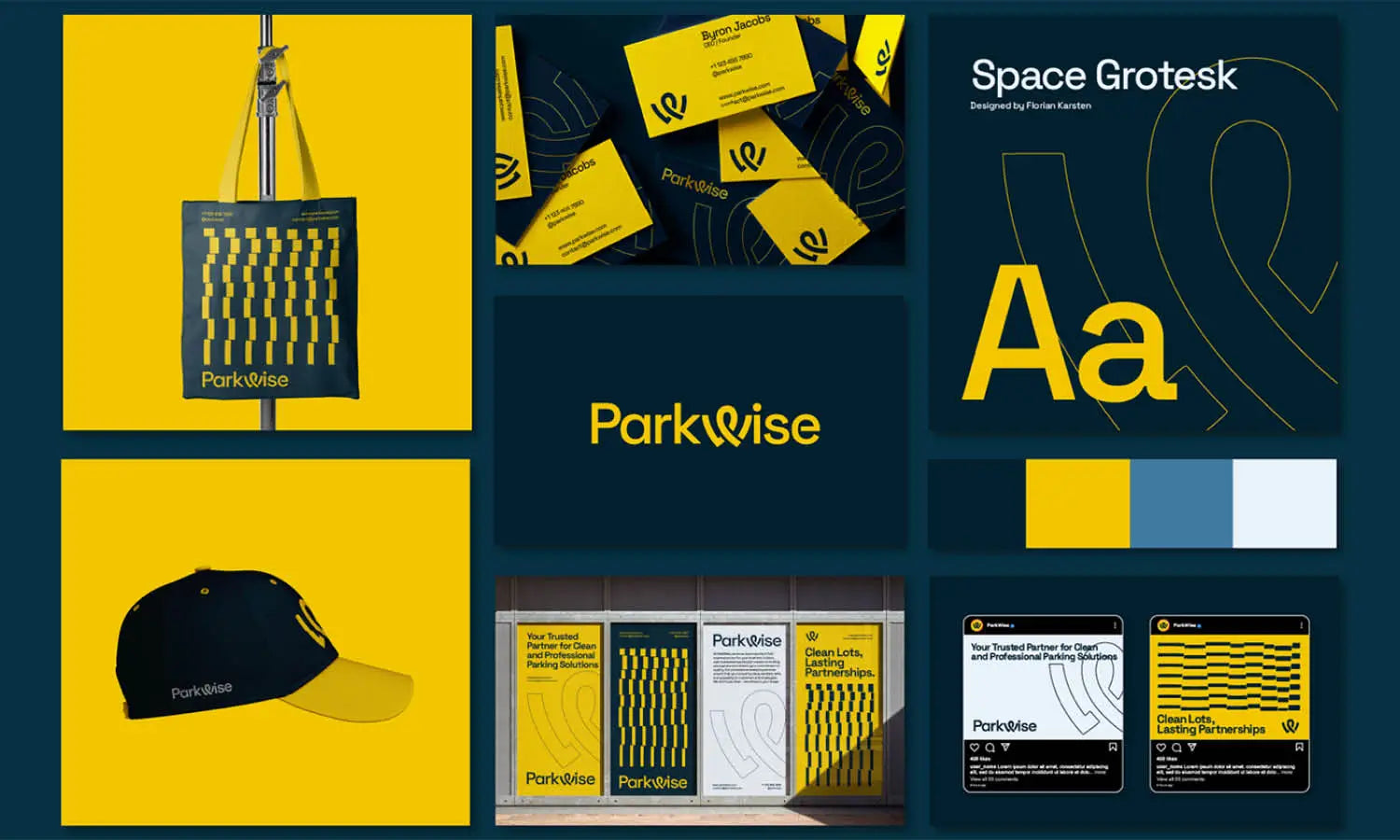
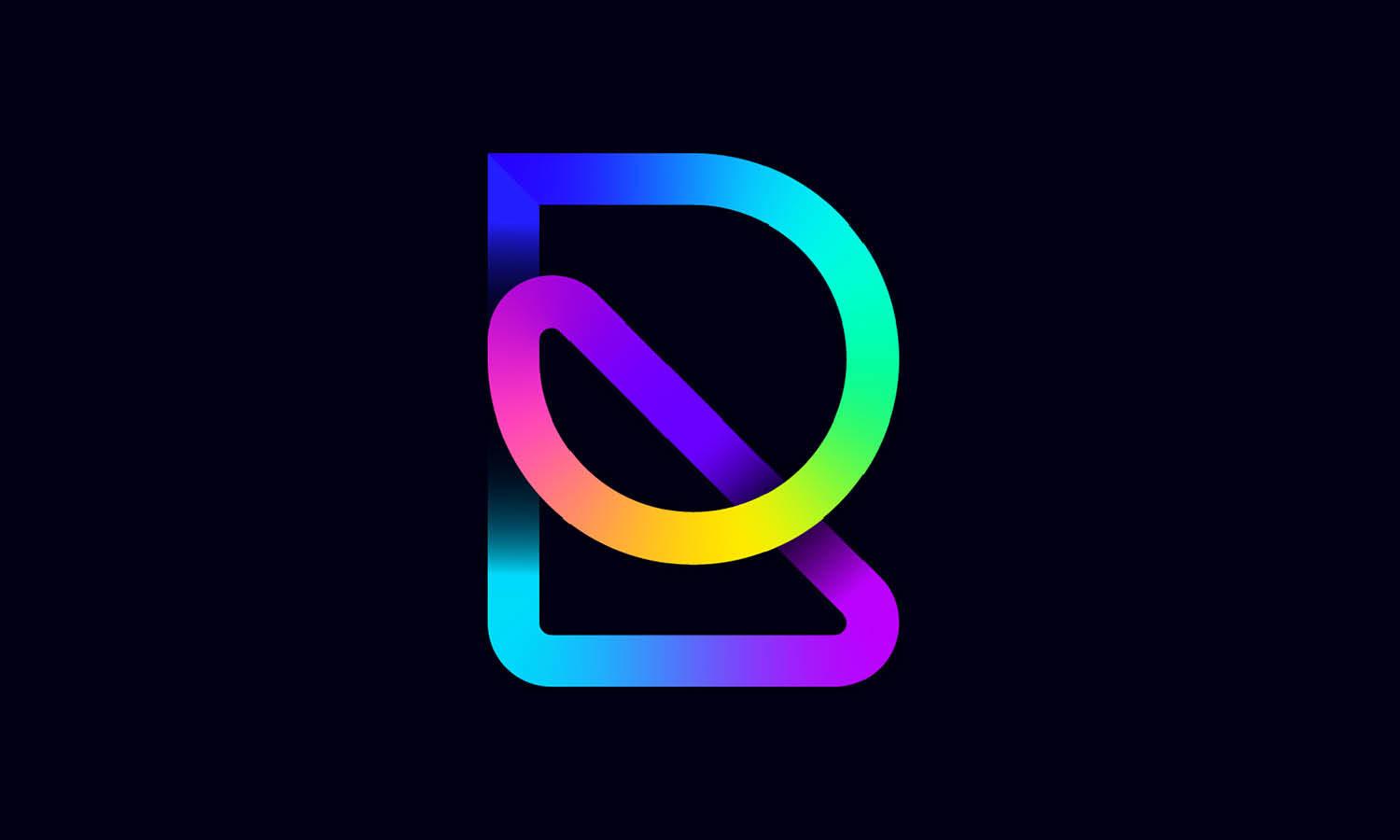
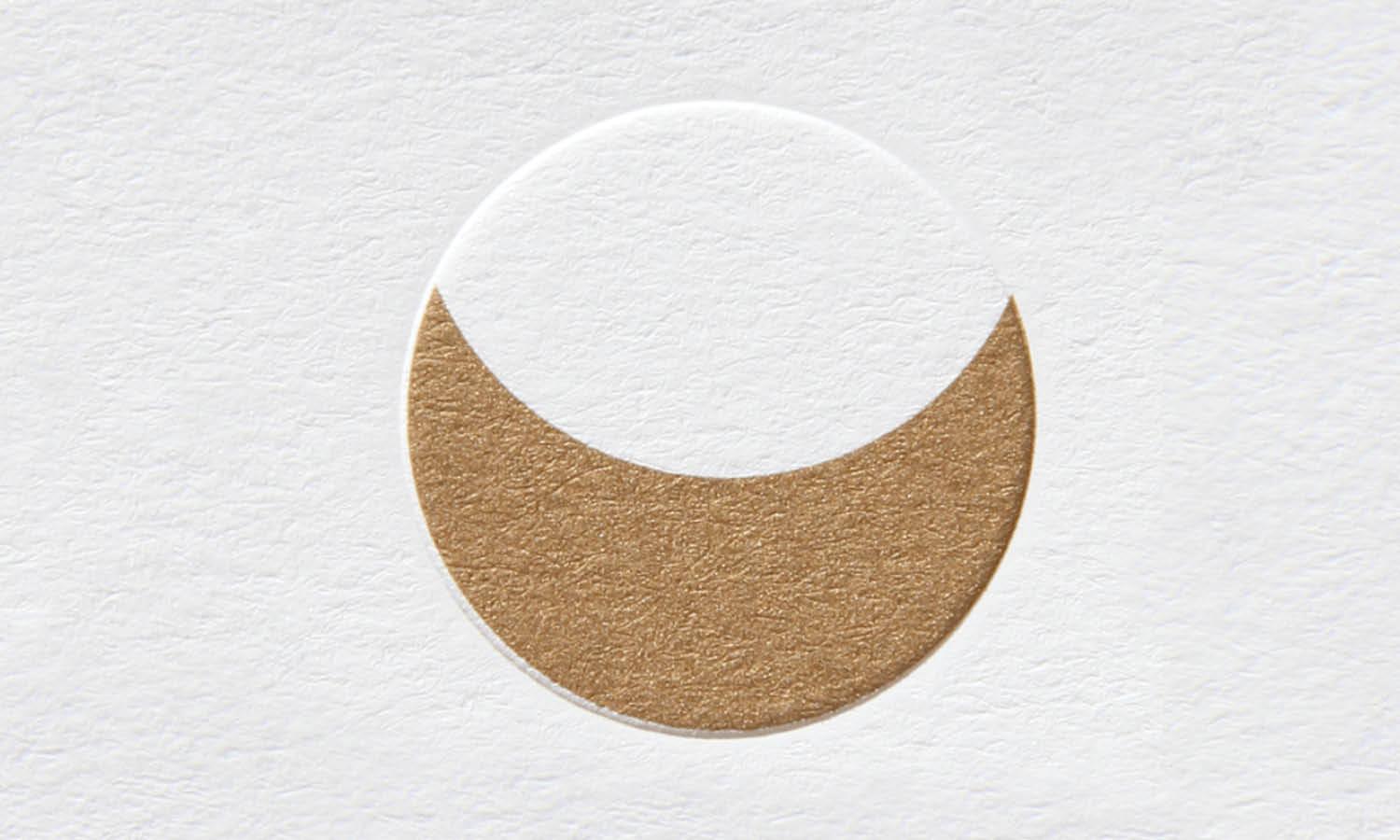
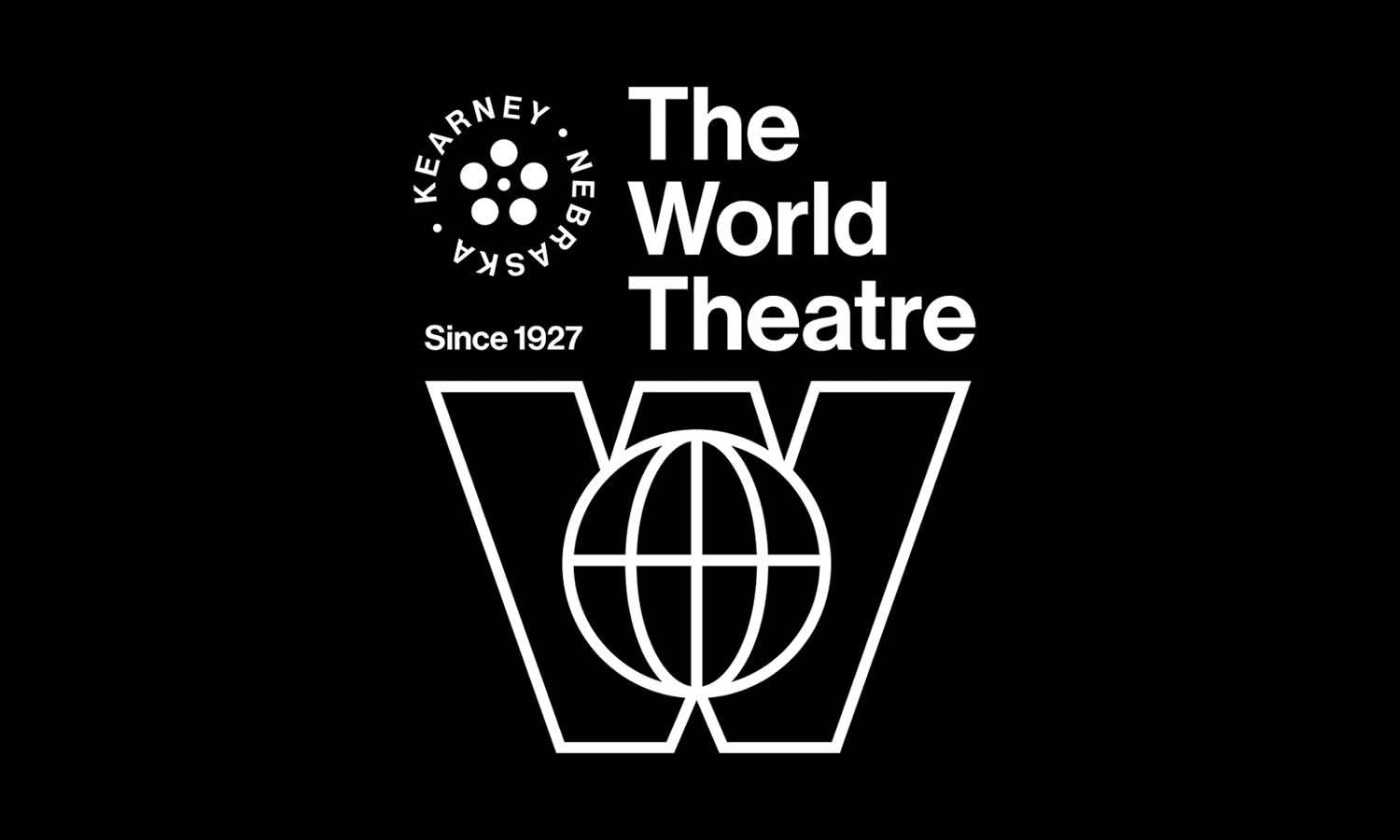
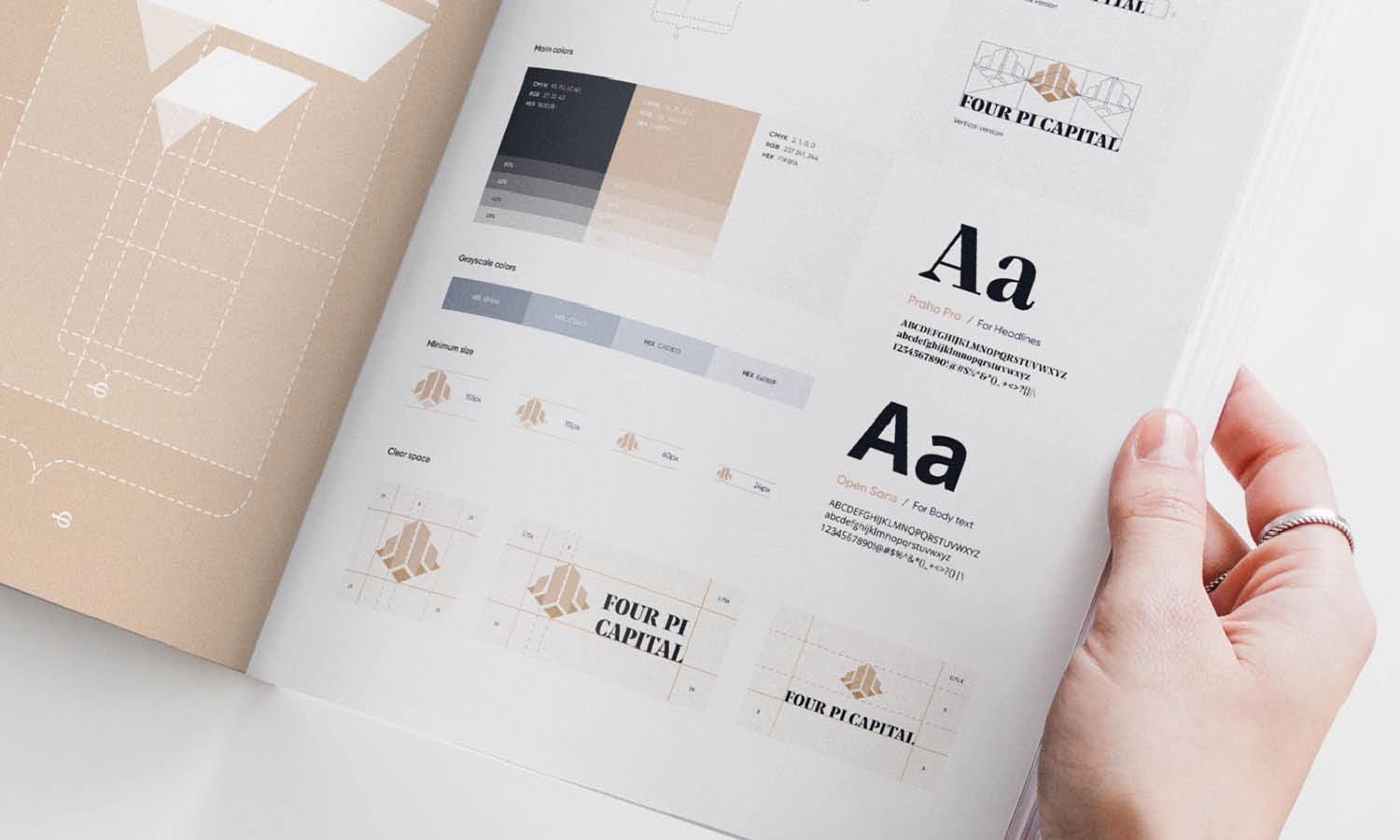










Leave a Comment